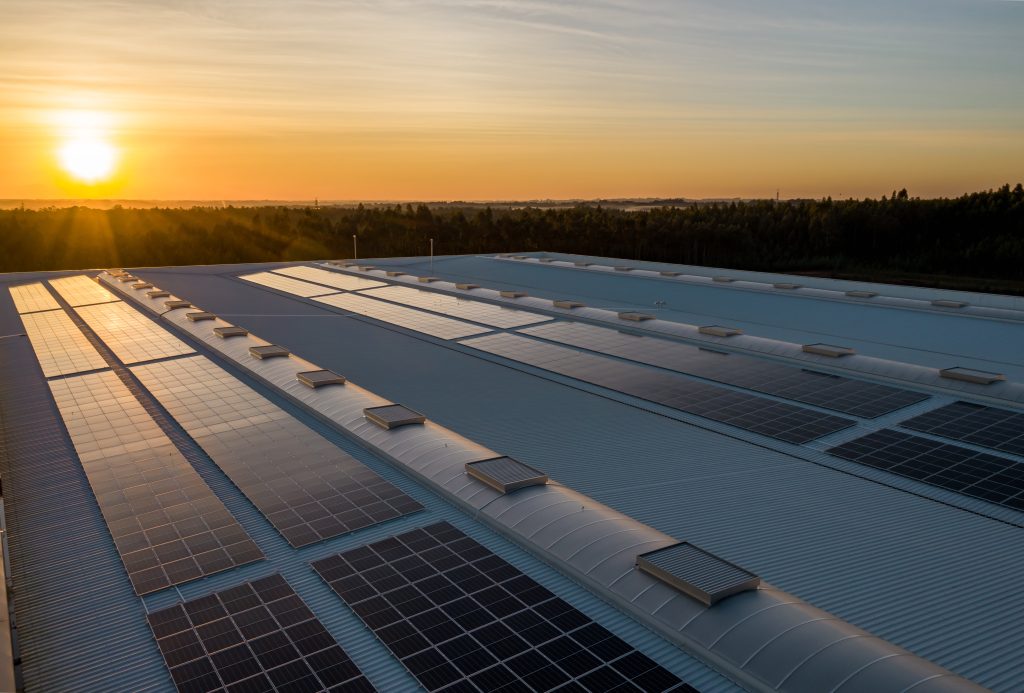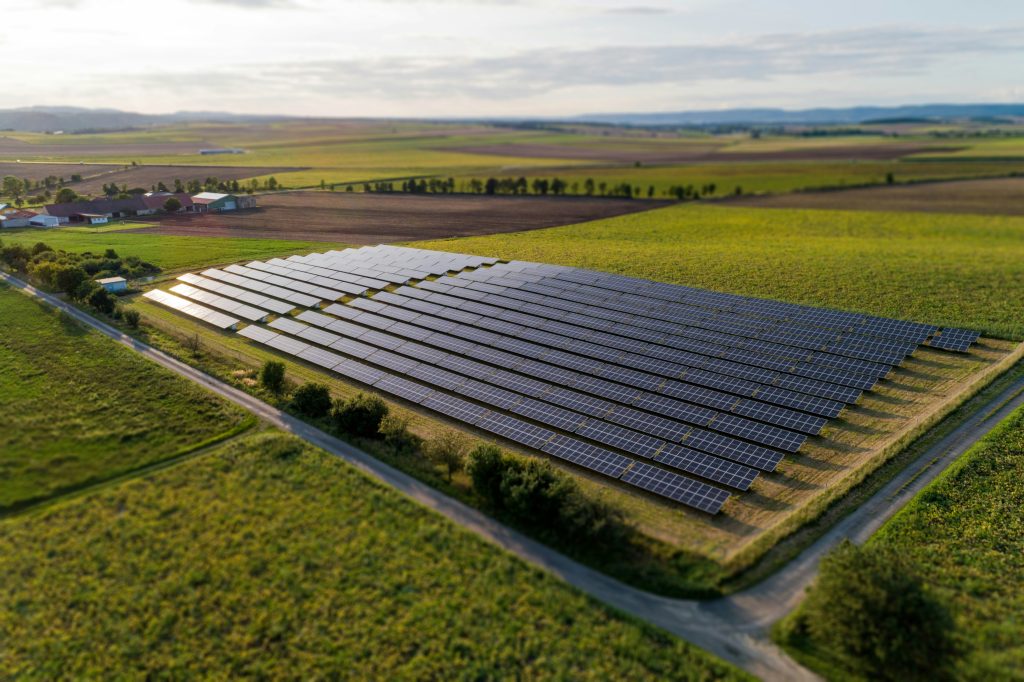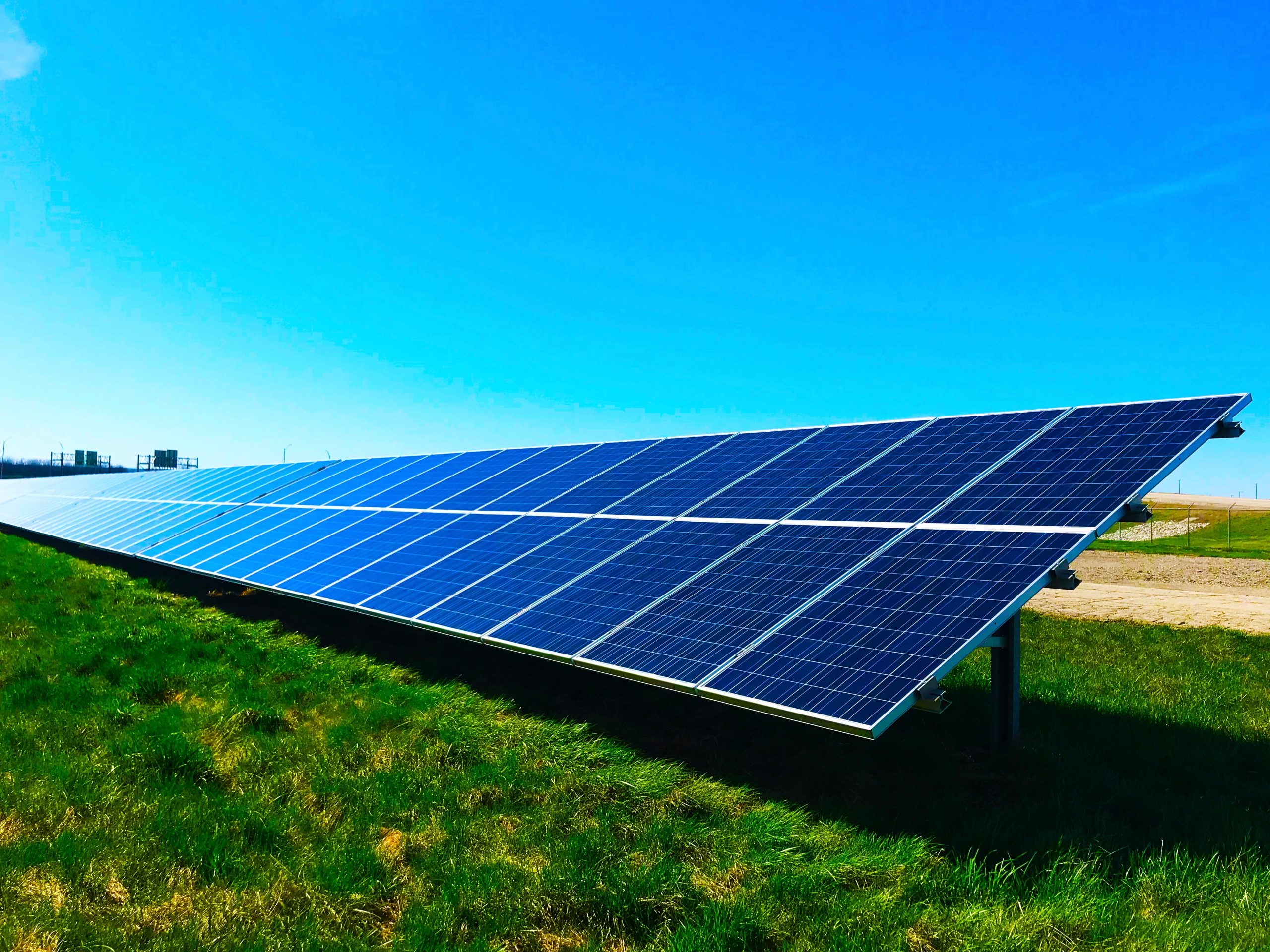In the ever-evolving future of renewable energy, the quest for efficiency and sustainability is a relentless one. Solar power, in particular, has been at the forefront of this revolution. This dream is gradually becoming a reality, thanks to the exploration of next-gen solar panel materials.
What Lies Ahead for Solar
You may be wondering, “What’s wrong with the solar panels we have now?” Traditional silicon-based solar panels have certainly done a remarkable job, but they do have their limitations. They are rigid, heavy, and require a lot of energy to produce. That’s where next-gen materials come into play.
Perovskite: The Rising Star
Perovskite solar cells are the rising stars of the solar industry. They’re lightweight, flexible, and can be produced using less energy compared to silicon panels. Their flexibility allows them to be integrated into various surfaces, from windows to clothing, giving solar power a broader reach.
CIGS: Thin and Mighty
Copper indium gallium selenide, or CIGS for short, is another material showing promise. CIGS solar panels are thin, lightweight, and flexible, making them perfect for unconventional applications. Imagine a solar-powered tent on your next camping trip or a portable charger built into your backpack!
Organic Solar Cells: Nature-Inspired Innovation
Organic solar cells, often made from carbon-based materials, take inspiration from nature. They are not only environmentally friendly but also biodegradable. Imagine a future where your solar panels could safely degrade without leaving a trace.
Efficiency Gains: The Game Changer
One of the most exciting aspects of these next-gen materials is their potential for increased efficiency. While silicon panels have traditionally hovered around 15-20% efficiency, perovskite solar cells have already achieved over 25% in the lab, with the potential for even higher rates.
The Environmental Edge
Beyond efficiency, these new materials also bring an environmental edge. The production of traditional solar panels involves high energy consumption and the use of rare materials, which can strain the planet’s resources. Perovskite, CIGS, and organic solar cells offer a greener alternative. Less energy, less waste, and a smaller carbon footprint are the promising hallmarks of the future.
Challenges on the Horizon
Of course, no technological advancement comes without its share of challenges. Next-gen solar panel materials face issues like durability, long-term stability, and scalability. Researchers are working diligently to overcome these hurdles, but it may take some time before these materials dominate the solar landscape.
The Road to Integration
To truly shape the future of solar power, these materials need to seamlessly integrate into our daily lives. Imagine charging your devices with solar-powered clothing, or living in homes with solar windows that power your appliances. The road to integration is where the future of solar power truly shines.
Advancements in Solar Energy Storage
Picture a bright, sun-soaked day, and your solar panels are soaking up that glorious sunshine, generating more energy than your home needs. What happens to all that excess electricity? That’s where advancements in solar energy storage come into play. Buckle up, because we’re diving into the future of solar power, and it’s looking mighty sunny.
Storage Beyond Batteries

We’re all familiar with the traditional solar battery, storing excess energy during the day for use at night. But the future is about thinking beyond batteries. A novel approach involves using excess solar energy to produce hydrogen, a clean and versatile fuel. You can even use it to power your car or heat your home!
Super Batteries: Smaller, Stronger, Smarter
While we’re looking beyond traditional batteries, it’s worth mentioning that even good old lithium-ion batteries are getting a futuristic upgrade. Researchers are working tirelessly to make batteries smaller, more efficient, and longer lasting. Imagine a battery that’s not only powerful but can also fit into the palm of your hand.
Liquid Air Energy Storage: Cooling It Down
You may wonder, what’s the connection between solar power and liquid air? Well, it’s all about cooling things down. Liquid air energy storage systems use excess electricity to cool air to extremely low temperatures, turning it into a liquid. When you need power, this liquid air is warmed, rapidly expanding and driving a turbine to generate electricity. It’s like harnessing the power of a mini ice age!
Solving the Solar Dilemma: Nighttime Power
One of the major challenges of solar power is, of course, nighttime. When the sun goes down, your solar panels take a break. But guess what? Researchers are developing innovative solutions to keep the lights on even after sunset. By combining various storage methods and enhancing grid management, we’re inching closer to round-the-clock solar power.
Grid-Scale Energy Storage: Power to the People
Imagine a world where entire cities are powered by solar energy stored on a massive scale. Grid-scale energy storage projects are making this vision a reality. These projects utilize colossal batteries to store excess solar energy, ensuring a continuous power supply for entire communities. Your city might be the next in line!
Home Energy Management: You’re in Control
Advancements in solar energy storage aren’t just about better technology; they’re about giving you more control over your energy usage. Smart home energy management systems are becoming increasingly sophisticated. They learn your preferences, monitor energy prices, and decide when to draw power from the grid or your solar storage, all to save you money and reduce your carbon footprint.
The Future of Solar Power: Bright and Brilliant
As we journey into the future of solar power, it’s evident that advancements in energy storage are a cornerstone of the revolution. We’re not just harvesting sunlight anymore; we’re becoming masters of its efficient use, day and night. So, while your solar panels are basking in the sun, the energy storage solutions of tomorrow are working diligently to make sure you enjoy the benefits even when the sun takes a nap. The future of solar power is undoubtedly bright and brilliant, and it’s right around the corner.
The Rise of Bifacial Solar Panels

Imagine solar panels that not only capture the sun’s energy from above but also from below. It might sound like a scene from a sci-fi movie, but it’s a reality in the world of solar power. Welcome to the era of bifacial solar panels!
What Are Bifacial Solar Panels?
Bifacial solar panels are a technological marvel that captures sunlight on both sides of the panel. Traditional solar panels can only absorb energy from their top surface, but bifacial panels are designed to harness reflected sunlight from the ground. This innovative approach increases their energy-generating potential significantly.
Double the Sun, Double the Power
Bifacial solar panels don’t just capture energy from above. They also utilize light reflected from various surfaces like the ground, rooftops, and even adjacent buildings. This dual-energy absorption system makes them incredibly efficient, even on cloudy or overcast days. You’ll never have to worry about missing out on sunlight again!
Versatile Applications
The versatility of bifacial solar panels is impressive. They can be used in various settings, from large-scale solar farms to residential rooftops. Their adaptability to different environments makes them a dynamic choice for solar energy generation. You can even use them for unique, custom installations like solar carports or awnings.
The Advantages of Bifacial Panels
- Higher Energy Yield: Bifacial solar panels can produce up to 20% more energy than traditional monofacial panels. That means more power for your home and potentially greater savings on your electricity bills.
- Increased Durability: Bifacial panels are built to last. They often come with durable glass-glass construction, which makes them more resistant to wear and tear, ultimately extending their lifespan.
- Enhanced Performance in Diffuse Light: When the weather is less than ideal, bifacial panels shine. They’re excellent at capturing scattered light, making them a reliable energy source even when the sun isn’t at its brightest.
Solar’s Future Developments: Installation Considerations
Before jumping on the bifacial bandwagon, there are some installation factors to keep in mind. Bifacial solar panels are most effective when placed in a location with a highly reflective surface beneath them. Gravel, concrete, or white roofing can all amplify their performance.
Additionally, the tilt and height of the panels are crucial. Bifacial panels need to be mounted at a specific height to allow sunlight to reach the rear side effectively. The optimal tilt angle varies depending on your location and the time of year, so it’s a good idea to consult with a professional for the best setup.
Innovations in Solar Tracking Systems
If you thought solar panels were stationary, think again. We’re stepping into the future with innovations in solar tracking systems that allow these panels to follow the sun’s journey across the sky. Get ready to embark on a solar adventure that’s as dynamic as it is eco-friendly.
Sun Chasing Solar Panels: A Game Changer
Have you ever noticed how the position of the sun in the sky changes throughout the day? It rises in the east, travels overhead, and sets in the west. Traditional solar panels are fixed in one position, which means they’re only fully efficient when the sun is directly overhead. But what if your solar panels could follow the sun’s path? That’s where solar tracking systems come into play.
The Solar Dance: Single-Axis Tracking
Single-axis solar tracking systems are the first dance move in this solar ballet. They follow the sun from east to west, tilting the solar panels to catch the most sunlight throughout the day. Picture your solar panels slowly turning like sunflowers, always facing the source of light. This means more energy and more savings for you.
Double the Fun: Dual-Axis Tracking
Now, imagine a more advanced solar panel waltz – the dual-axis tracking system. These panels not only follow the sun’s east-west movement but also tilt to catch the changing angle of the sun as it moves from morning to evening. It’s like a solar panel doing yoga, always striving for the perfect pose to soak up the most rays.
The Advantages of Solar Tracking Systems

- Maximized Efficiency: Solar tracking systems can increase your energy production by up to 45% compared to fixed panels. You’ll be generating more power and saving more money.
- Energy All Day Long: With solar tracking, your panels work efficiently from sunrise to sunset. Say goodbye to energy gaps during early morning and late afternoon.
- Seasonal Adjustments: Solar tracking systems can adapt to the changing angle of the sun throughout the year. This means optimal energy generation during every season.
Installation and Maintenance Considerations
While solar tracking systems sound like a dream, they do come with a few practical considerations. First, they require more space and may not be suitable for every rooftop. Additionally, they can be a bit more complex to install, which might require the assistance of a professional.
Maintenance is also important. These systems have more moving parts than fixed panels, so regular checks and adjustments may be needed. However, the benefits often outweigh the additional maintenance effort, especially if you have a spacious, unobstructed area for your solar panels.
Conclusion
In the world of renewable energy, advancements are shaping the future of solar power. Next-gen materials, like perovskite and CIGS solar cells, offer efficiency gains and environmental benefits compared to traditional silicon panels. These materials are flexible, lightweight, and less energy-intensive to produce, making them versatile for various applications.
Solar energy storage is also evolving. Beyond traditional batteries, new solutions include hydrogen production, smaller and more efficient batteries, and innovative methods like liquid air energy storage. These developments aim to provide power even during the night and offer grid-scale energy storage for entire cities.
Bifacial solar panels capture sunlight from both sides, increasing energy yield and versatility. They are suitable for various settings, from residential rooftops to large solar farms, offering higher energy output and durability.
Innovations in solar tracking systems make solar panels dynamic, following the sun’s path for increased energy production. Single-axis and dual-axis tracking systems optimize energy generation and adapt to the sun’s changing angle.
These advancements are making the future of solar power bright and efficient, with a focus on sustainability and seamless integration into daily life.

